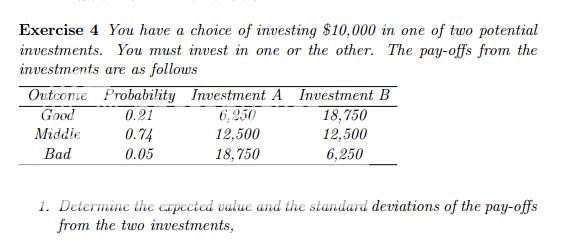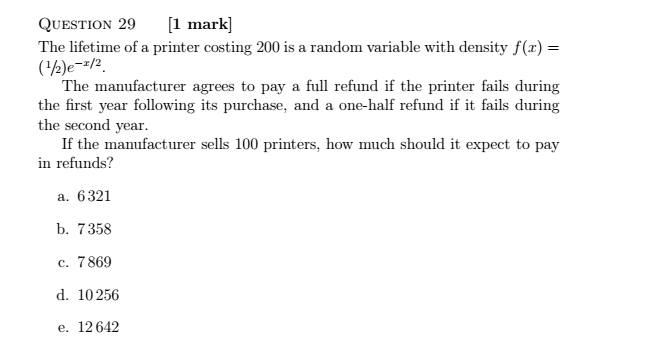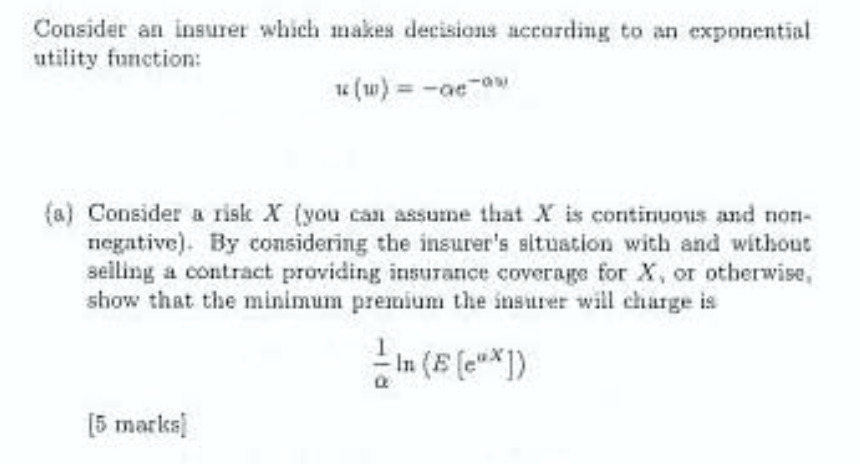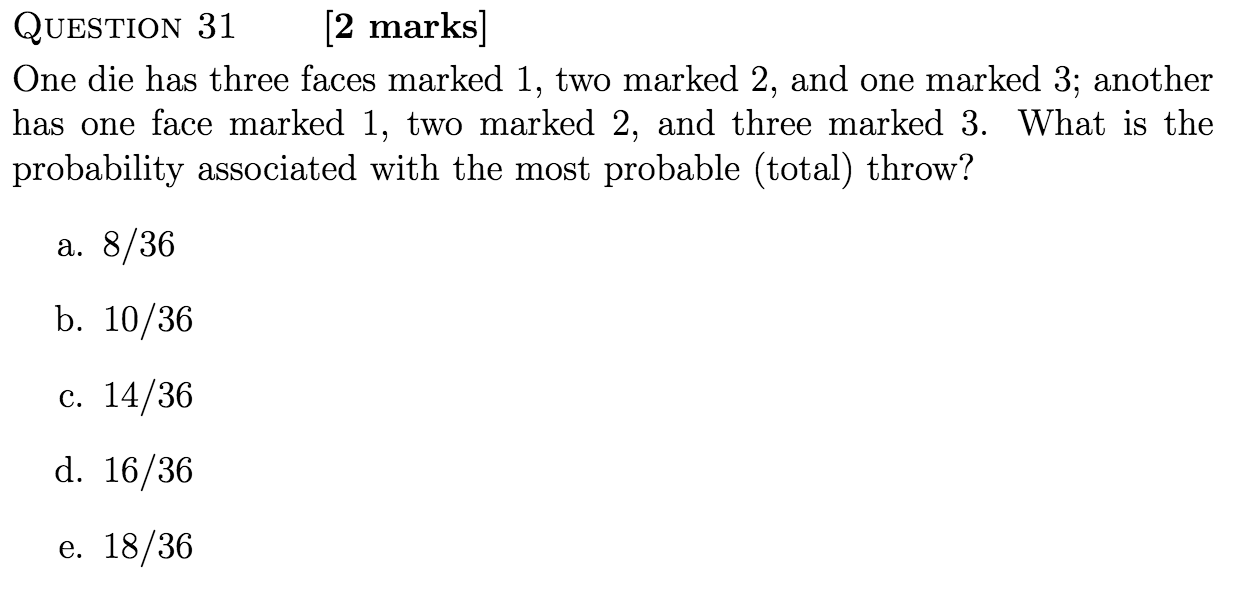The above shows that memorylessness becomes equivalent to the condition that S(t+s) = S(t)S(s) for all t, s (where S is the survival function of the distribution). So to show that the only continuous distribution that is memoryless is Exponential, it suffices to show that continuous solutions to the above functional equation are only those that are of the form S(t) = e^{-lambda*t}. You can either try this as an exercise, or view the proof here: https://en.wikipedia.org/wiki/Memor...s_distribution_is_an_exponential_distribution .
Last edited:






